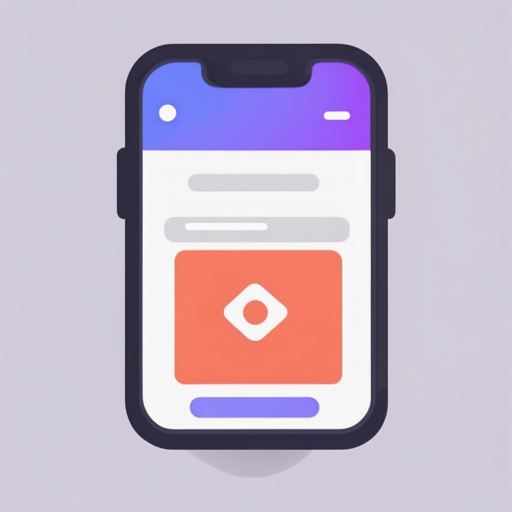React Bootstrap Notifier is a convenient React component that allows developers to display growl-like notifications using Bootstrap alerts. Whether you’re looking to inform users of an event or give them feedback on their actions, this tool can enhance your application’s user experience.
Installation
To begin using React Bootstrap Notifier, you first need to install it in your project. Open your terminal and run the following command:
npm install react-bs-notifier --saveUsage
Once installed, you can implement the notifier in various ways depending on the type of alerts you want to display.
Displaying Multiple Alerts
To show a list of different types of alerts in the top right corner of the page, follow this example:
import React from 'react';
import ReactDOM from 'react-dom';
import AlertList from 'react-bs-notifier';
const alerts = [
{ id: 1, type: 'info', message: 'Hello, world!' },
{ id: 2, type: 'success', message: 'Oh, hai!' }
];
ReactDOM.render(Displaying a Single Inline Alert
If you prefer a single inline alert, you can use the following code:
import React from 'react';
import ReactDOM from 'react-dom';
import Alert from 'react-bs-notifier';
ReactDOM.render(Holy cow, man! , document.getElementById('myApp'));
Alerts Without Arrays
You can also display alerts without creating an array. Here’s how:
import React from 'react';
import ReactDOM from 'react-dom';
import { Alert, AlertContainer } from 'react-bs-notifier';
ReactDOM.render(
Hello, world!
Oh, hai!
,
document.getElementById('myApp')
);
Documentation and Further Learning
For more detailed examples and interactive demos, check the official documentation: Read the documentation.
Troubleshooting
As with any development process, you might encounter issues while using React Bootstrap Notifier. Here are some common troubleshooting steps:
- Check your imports: Ensure all necessary components are imported correctly.
- Incorrect Alert Types: Use valid alert types like ‘info’, ‘success’, ‘danger’, etc.
- ReactDOM.render issues: Make sure you have the correct ‘myApp’ ID in your HTML file.
- Dependencies not installed: Ensure you have run the npm install command properly.
For more insights, updates, or to collaborate on AI development projects, stay connected with fxis.ai.
Contribution Guidelines
If you would like to contribute to the project by adding new features or making changes, please submit an issue initially to discuss your proposed changes. After you finish, remember to update the documentation as well!
To run your documentation example app locally, clone the repository, navigate to its directory, and use:
npm install
npm startThis will start a webpack dev server on port 1341. Open your browser and navigate to localhost:1341, where any changes will automatically refresh.
Linting Your Code
Maintaining code quality is essential for any project. This project uses Prettier for formatting. To run the linter, use:
npm run lintIf there are formatting issues, you can auto-fix them with:
npm run lint -- --fixIf you’re using an editor like Visual Studio Code, make sure to enable the option to automatically fix lint errors upon saving.
Conclusion
At fxis.ai, we believe that such advancements are crucial for the future of AI, as they enable more comprehensive and effective solutions. Our team is continually exploring new methodologies to push the envelope in artificial intelligence, ensuring that our clients benefit from the latest technological innovations.

